Signaling mechanisms in renal compensatory hypertrophy revealed by multi-omics
- PMID: 37328470
- PMCID: PMC10276015
- DOI: 10.1038/s41467-023-38958-9
Signaling mechanisms in renal compensatory hypertrophy revealed by multi-omics
Abstract
Loss of a kidney results in compensatory growth of the remaining kidney, a phenomenon of considerable clinical importance. However, the mechanisms involved are largely unknown. Here, we use a multi-omic approach in a unilateral nephrectomy model in male mice to identify signaling processes associated with renal compensatory hypertrophy, demonstrating that the lipid-activated transcription factor peroxisome proliferator-activated receptor alpha (PPARα) is an important determinant of proximal tubule cell size and is a likely mediator of compensatory proximal tubule hypertrophy.
© 2023. The Author(s).
Conflict of interest statement
The authors declare no competing interests.
Figures

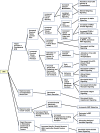

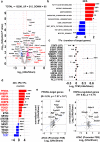

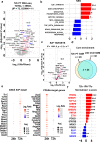
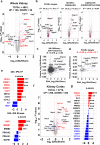
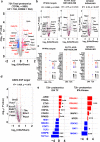

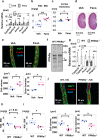
References
-
- Fine LG, Bradley T. Adaptation of proximal tubular structure and function: insights into compensatory renal hypertrophy. Fed. Proc. 1985;44:2723–2727. - PubMed
Publication types
MeSH terms
Grants and funding
LinkOut - more resources
Full Text Sources
Molecular Biology Databases

